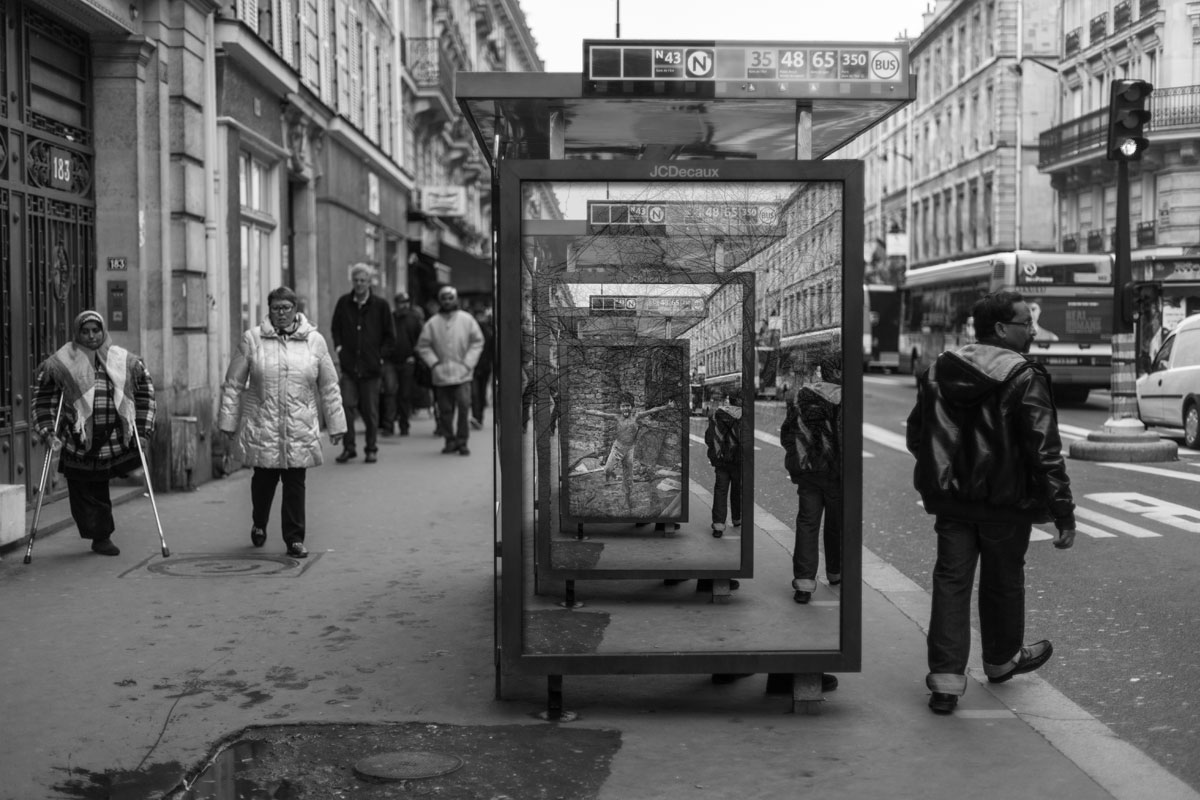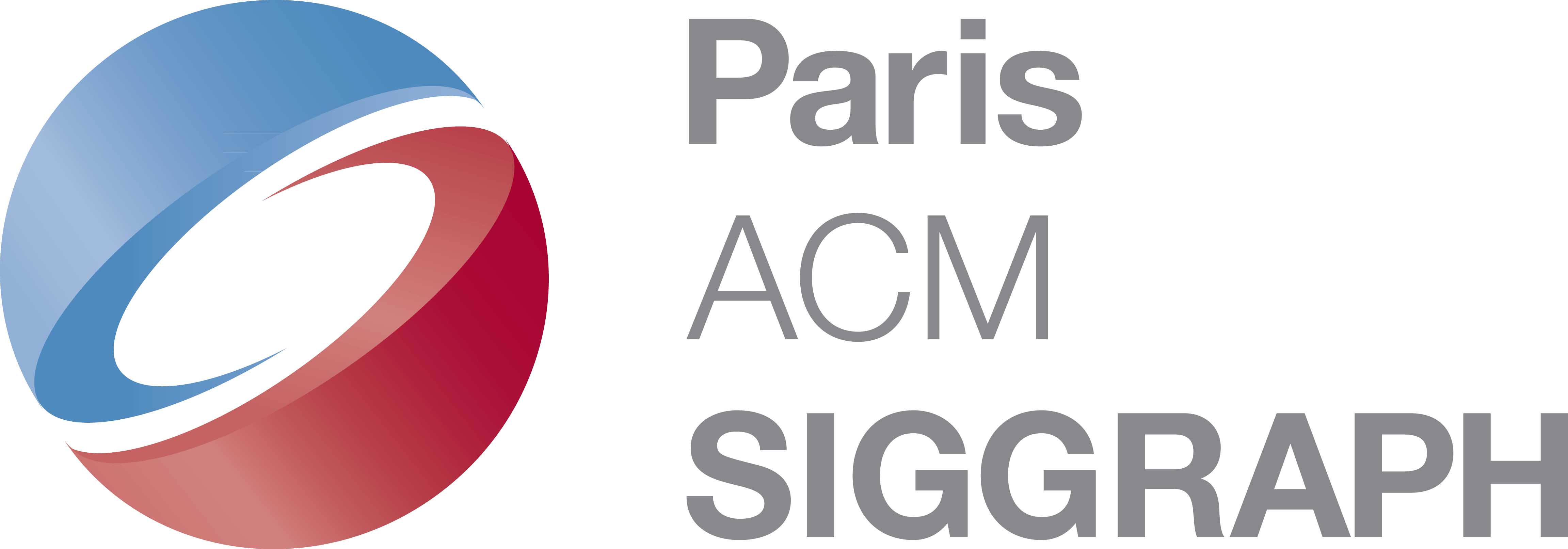Recursion

Showcase, a "mise en abyme" in Paris streets, by Serge Bouvet.
Last revised 9/4/2014. Return to Major concepts.
Recursion is a central concept of the digital paradigm. It is rarely used by artists. Sometimes with its optical facet of "mise en abîme", like the Pairisian Showcases of Serge Bouvet.
More digitally, N + 1, by Stéphane Trois-Carrés, operates on successive video shots.
As for painting, Harold Cohen introduces it in his 1979 paper What is an image? where he tries to develop a sort of measurement (number and complexity of the loops). That raises the issue of the "internal" representation of a work by the software which paints this work. Unfortunately, in spite of many precisions, we feel that Cohen doesn't reach the bottom of this logic.
Recursion is also a fundamental concept of computing, as developed for instance in A recursive introduction to the theory of computation, by Carl Smith (Springer Verlag 1994). It is also fundamental in automata theory, with the basic function E = f(I, E), saying that the state at any step is a function of the state at the precedent step and of the inputs. See our notice about automata.
More generally, recursion is a feature of language (reflexive verbs, see Wikipedia).
The "mise en abyme" (see Wikipedia]) is an optical form of recursion. See, among many, comments in Photography en abyme, by Craig Owens [Owens 1992].
References:
> Recursive drawing (2011), by Tony Schachman. Is it art, fun, or a seminal opening?
<
L'écran dans l'écran, et autres rectangles scopiques,
by Bernard Leconte. L'Harmattan 2004.
<
La télévision dans le miroir. Théorie, histoire et
analyse des émissions réflexives. by Virgine Spies. L'Harmattan
2004.
Varia to be edited
Dans un systme fini (IE0),
- la récursion s'arre^te d'elle même s E grandit à chaque cycle (stack)
- elle se continue indfinimeng si E ne grandit pas, avec deux cas de figure
. E ne change pas (ex. filtre sans mémoire)=
. la récursion tourne dans un nombre fini d'états, en général un sous-ensemble des états possible. Le max de Galanter correspondrait au maximum d'états ?
La finitude peut être
- objectie, mémoire du S; E
- subjective, capacigté de différenciation
-----------
DICCAN'S PARTNERS:

Paris ACM Siggraph, the French chapter of ACM Siggraph, worldwide non-profit organization of computer graphics.
